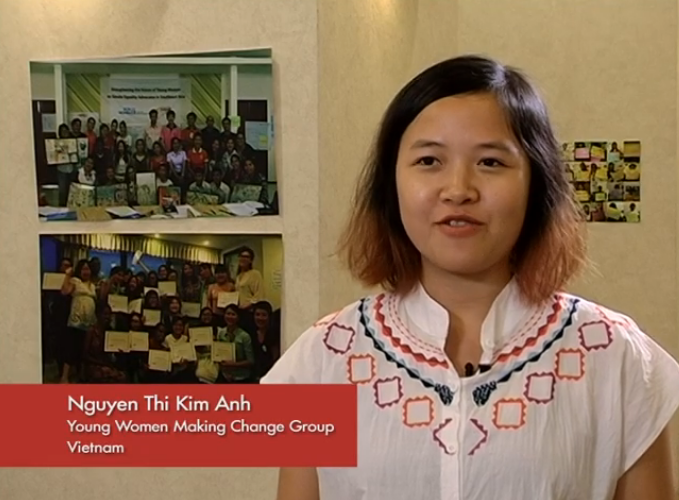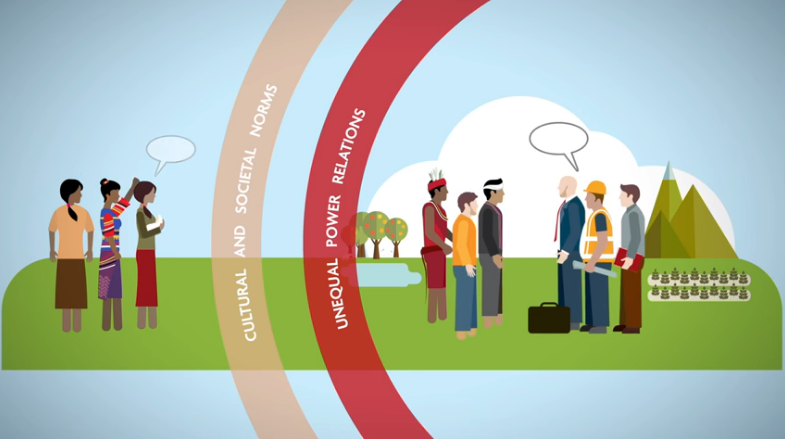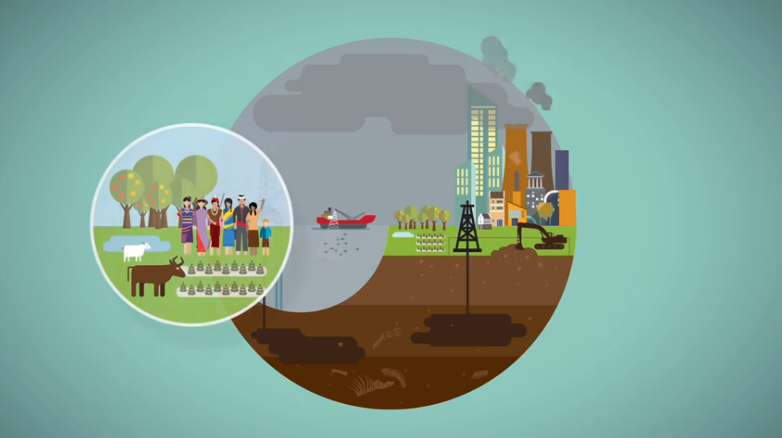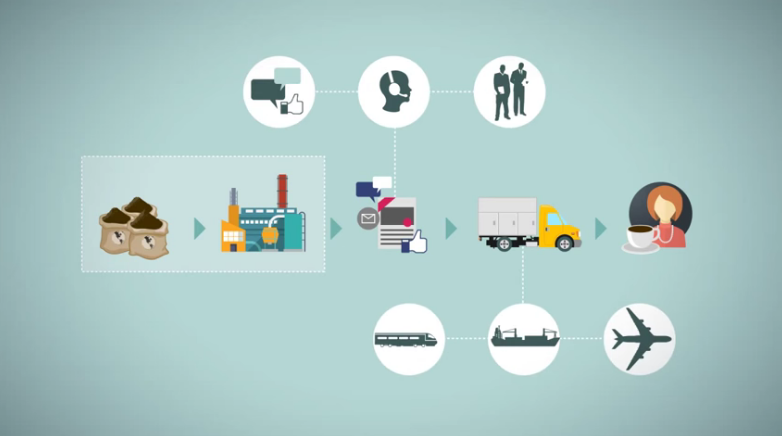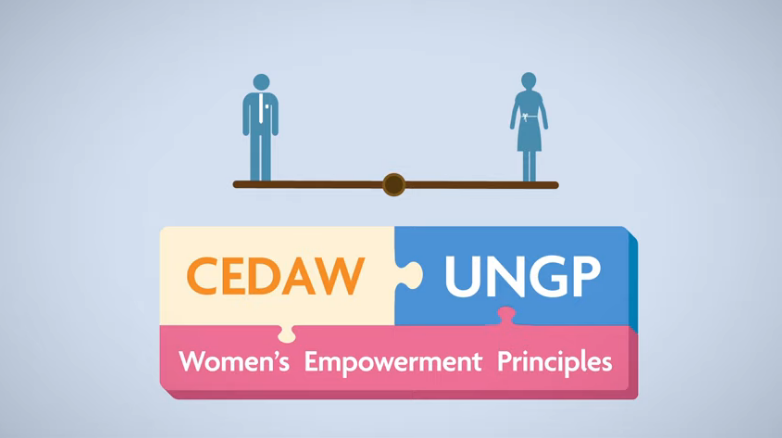CEDAW – Women’s Human Rights Explained
2016
Short video by the UK’s Equality and Human Rights Commission, in which experts explain why CEDAW is relevant to women and girls across the country. Duration: 2:11 Subtitles: English
Read MoreYoung Women Making Change
2015
Young women from Laos, Malaysia, Timor Leste and Vietnam participated in a three-year project with IWRAW Asia Pacific, funded by UN Women Fund for Gender Equality (FGE), on becoming CEDAW advocates for women’s human rights. Duration: 10:54 Subtitles: English
Read MoreHandbook on Women, Development and Access to Justice
2015
78-page PDF resource which explores the use of CEDAW and ICESCR, as well as other policy instruments such as the United Nations Guiding Principles on Business and Human Rights, which can be used to strengthen the accountability of states and responsibility of non-state actors on women’s human rights. The handbook documents and collates several tools […]
Read MoreWomen’s Economic Rights: Training Materials
2015
63-page PDF of training materials which have been put together with the objective of building capacity to analyse women’s economic rights applying a CEDAW lens. The materials attempt to link the relevant international and regional standards, norms, obligations and guidelines that demand a State’s accountability for the enjoyment and exercise of women’s economic rights, taking […]
Read MoreFramework for Women’s Economic Rights in ASEAN
2015
48-page PDF covering women’s economic rights, ASEAN economic integration, and neoliberalism and human rights in ASEAN. Also available in Vietnamese.
Read MoreBusiness and Women’s Human Rights: Natural Resource Governance & Management – International Standards
2014
This video – the last in a series of five – explains some of the international standards related to natural resource governance and emphasises the State’s human rights obligations. It also highlights the need for women’s rights to natural resources to be addressed using international human rights standards. This video was made possible with the […]
Read MoreBusiness and Women’s Human Rights: Natural Resource Governance
2014
This video – part four in a series of five – explains natural resource governance and emphasises the importance of the State and private actors in involving local communities. It also highlights the need for women’s human rights to be addressed using international human rights standards. This video was made possible with the support of […]
Read MoreBusiness and Women’s Human Rights: Women in the Value Chain
2014
This video – part three in a series of five – includes an explanation of ‘value chain’ and women’s roles in it, research by FAO (Food and Agriculture Organisation) on female agricultural workers, components to help women achieve equal access to resources, and the relevance of incorporating CEDAW Article 14 into value chain analysis and […]
Read MoreBusiness and Women’s Human Rights: Women Migrant Workers
2014
This video – part two in a series of five – looks at the factors pushing women to migrate to other countries in search of employment; jobs that migrant women workers are limited to; discriminations faced before, during, and after migration; lack of protection in informal sectors; and how CEDAW General Recommendation No. 26 is […]
Read MoreBusiness and Women’s Human Rights: CEDAW, UNGP and WEP
2014
This video – part one in a series of five – introduces applicable humans rights frameworks (Convention on the Elimination of All Forms of Discrimination Against Women, United Nations Guiding Principles on Business and Human Rights, and Women’s Empowerment Principles) when dealing with corporations or businesses (private sector) for the promotion of gender equality and […]
Read More


